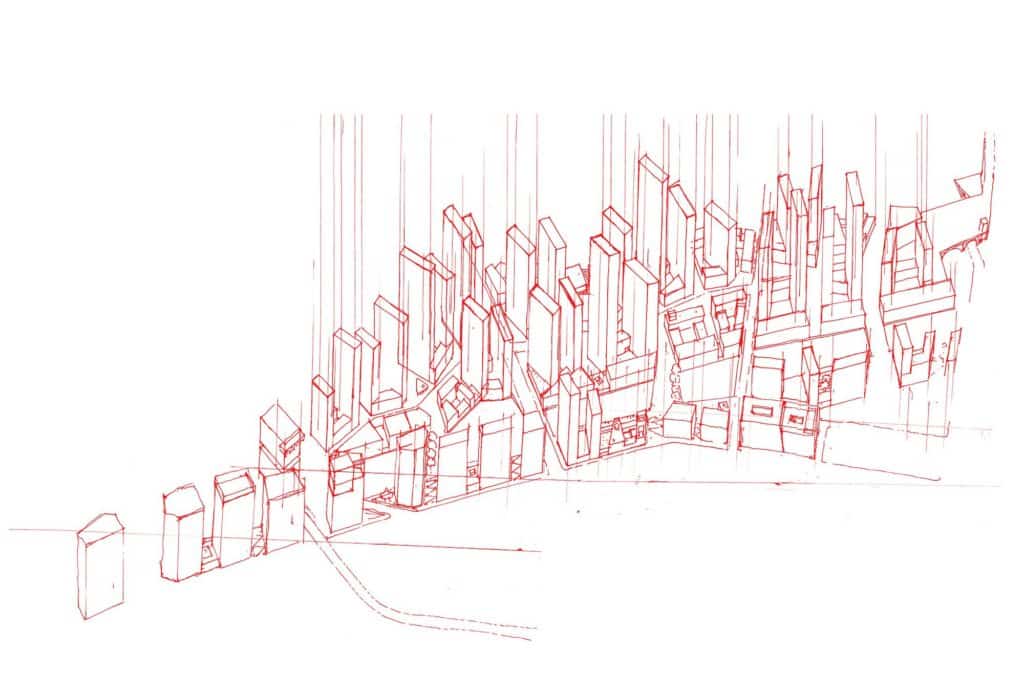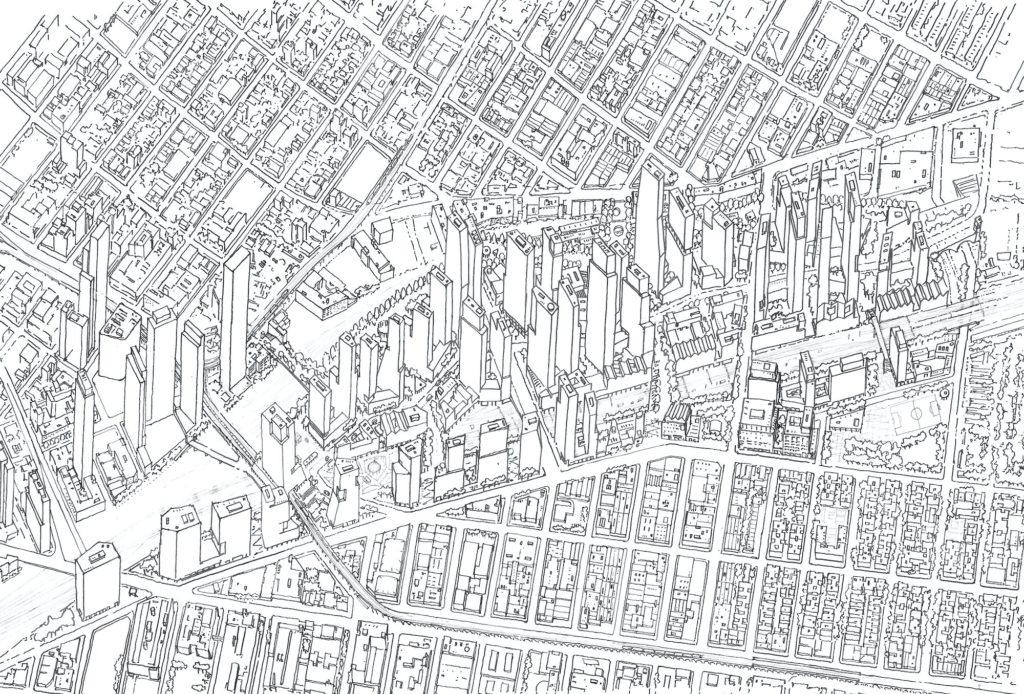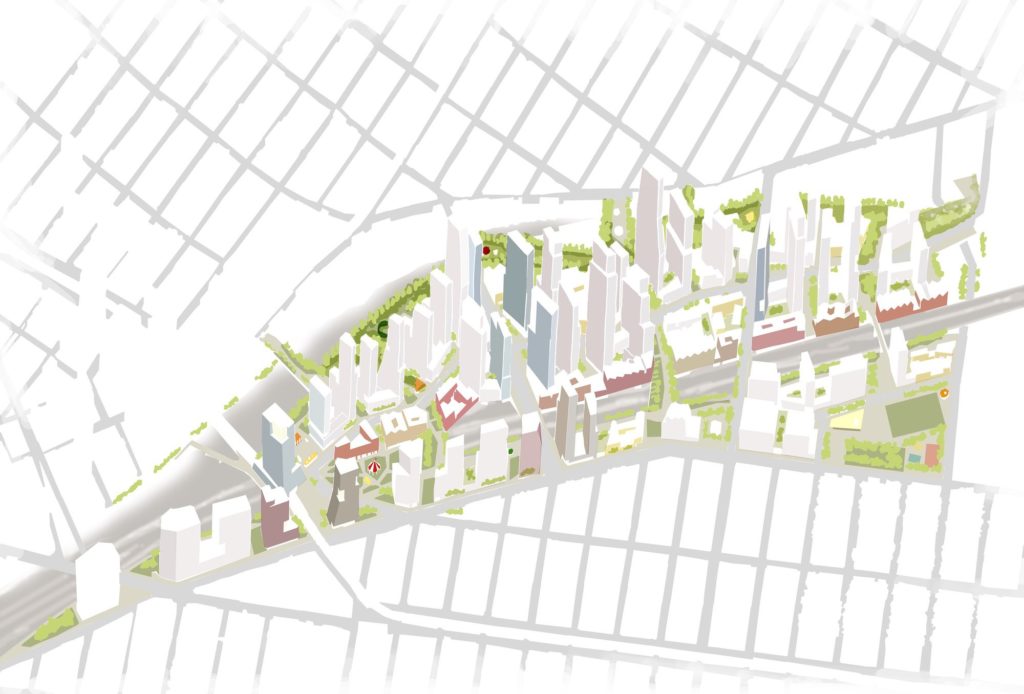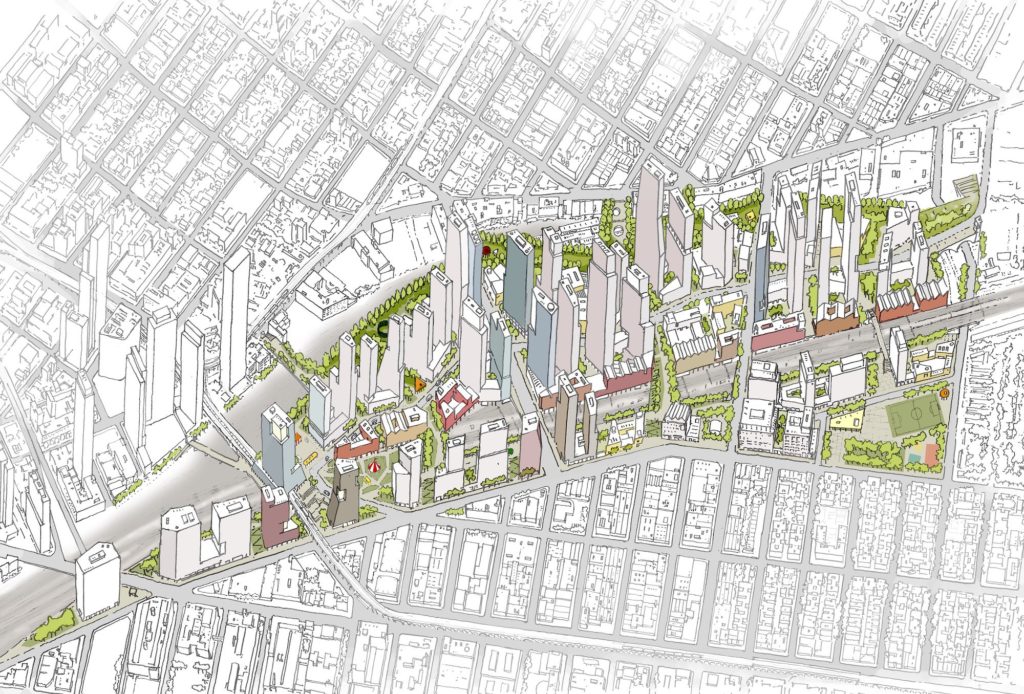Allies & Morrison: The Art of Architecture

Allies and Morrison is an office that has held onto its identity throughout its growth. When I entered the firm, the culture of the office was steeped in a careful, polite and thoughtful style of drawings. The muted drawing style could be observed in the early sketches of the partners and it was ultimately translated into the presentations destined for clients. The consideration of line weights and quietness of presentations, whether inked or eventually computer drawn, were painfully guarded. This attention was subsequently channelled into detail drawings for construction, affecting the choice of details and materials. There is no doubt that the procurement stage was then also influenced by this calm attention. One can say that many buildings by the practice to this day stand as forms of fine and considered drawings. This particular culture of drawings looped back to feed the generation of new projects and guide new employees entering the growing practice. It was, in a sense, an internal PR exercise as well as a way of designing and building.
It is true that the style and identity of a practice can also be a form of control. With the amount of projects entering a firm, the consistency of an internal house style can be a way to maintain signature, quality and focus even when designs inevitably begin to be delegated to secondary leaders and their teams.


The identity of Allies and Morrison does not manifest in exaggerated forms of building. It emerges as quietness and subtlety. This can only be a result of maintaining this particular culture of calm drawing as the guiding process. Subtlety cannot be born out of beginning and developing a building project only on computers. Quietness and subtlety are the opposites of the hunger of embryonic parametric software and CAD-only-reared design. The same applies here as in the world of haute cuisine; Enrique Olvera, owner and masterchef of the world-renowned Pujol restaurant in Mexico City, offered this advice to aspiring young chefs: ‘Don’t be in a hurry. When you hurry things in the kitchen, they end up not being so good. Take your time. Cook slowly. Enjoy the process.’ [1]
I have left behind my short stint with Allies and Morrison but spoke recently to a senior design partner, Alfredo Caraballo. Alfredo is responsible for the firm’s large to very large projects and he has a somewhat different yet related process of design to that of the founding partners. His particular approach to composition and spatiality is at an urban level through which he is guiding the firm towards new horizons. I asked him how the identity of the practice is maintained, if at all possible at an urban scale and if manual drawings still had a significant role to play. Alfredo says that maintaining the identity of a large practice and of large projects is quite difficult but that hand drawing is still an essential day-to-day practice within the company. He explains that there is a much better understanding and judgement of urban spatiality, context and structure when it is engaged through manual means as it is more connected to how the eye actually sees and how the body experiences and absorbs the urban realm.

A longer version of this text appears as ‘Observations on Drawing: The Art of Architecture’ in The Identity of the Architect: Culture and Communication (Architectural Design, Nov/Dec 2019), guest-edited by Laura Iloniemi. Purchase the full issue from the publisher here.
Notes
- Quoted by Justin H. Min in ‘Modern Mexican: Enrique Olivera of Pujol’ (interview), Cereal 15, Spring/Summer 2018, 32.
